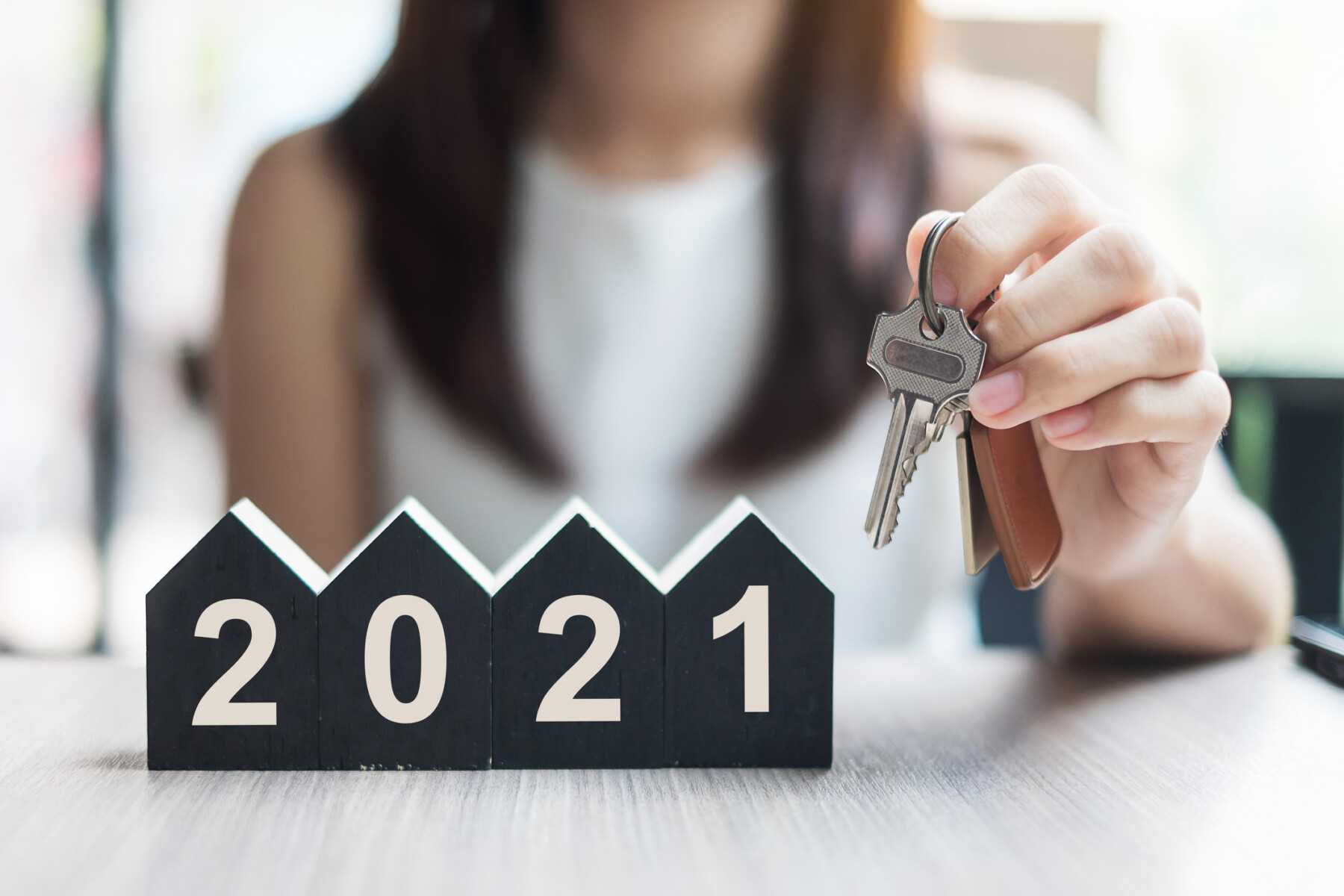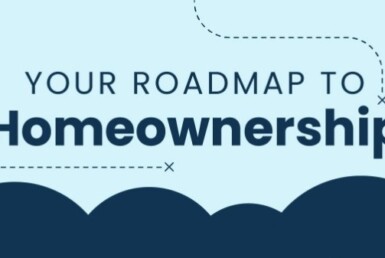Long Island Housing Predictions for the Second Half of 2021

The first half of 2021 saw a regular pattern of light housing inventory coupled with imposed effects on the number of home sales. In the month of April, existing home sales dropped below the month before but remained up by 20% over last year. Near record-low mortgage rates and rising home price appreciation sparked a robust first half of the year. But what can we expect from the second half?
The short answer is anything can happen. And the best thing we can do is be prepared. There are positive signals giving us good reason for optimism for the road ahead, just as there are concerns about market sustainability and a potential housing bubble on the horizon. And Team Rita is here to fill you in on what we expect from the Long Island real estate market based on what we know so far.
Home sales will continue moving fast through mid-summer.
2020 was an abnormal year in real estate, where homes sold slower in the spring and fastest in September and October. In the second half of 2021, we expect Long Island homes to continue selling quickly in what’s normally the fastest-moving time of the year. We expect a competitive market in the fall. However, we also anticipate a more normal seasonal pattern with homes selling fastest from now through mid-summer.
Good mortgage rates will stay good.
In March 2019—one year before the pandemic—property values climbed while mortgage rates hovered around 4%. When COVID-19 hit, the housing market paused (along with just about everything else), and mortgage rates plummeted below 3%. (Buying eventually resumed along with a surge in mortgage loan demand.)
The good news for buyers is we expect rates to stay in three-point-something range through the second half of 2021. It still makes sense to borrow money for a home. And many buyers will jump at the chance before mortgage rates return to their pre-pandemic numbers.
High demand will meet new buyer preferences.
The pandemic changed our lives. And buyer preferences changed, too. Today’s buyer is reshaping real estate and fueling our strong market. As of late spring, we’re still very much in a seller’s market. Going into summer, we anticipate no signs of slowing down.
The hybrid workspace—where employees split shifts between the home and the office—accelerated demand for homes with specific places for work and privacy.
More than just extra space, the modern buyer also demands innovation. The top features driving the real estate market include smart home technology, green construction, and health-supportive systems from UV lights to high-tech filtration for HVAC units.
Home price appreciation will continue. Price growth will likely slow.
Home price appreciation will continue in the second half of 2021. Rather than waiting for rates or home prices to fall—an unwise decision based on current market trends—buyers interested in a home should consider pulling the trigger sooner rather than later.
Although still historically low, interest rates are inching back up. Long Island home prices spiked during the last six to nine months and should continue rising. Based on interest rate and home price trends, buying conditions may prove better now than 12 months hence.
Buyer and seller activity will grow as people feel safer.
As more people get out of their homes, land jobs, and regain their financial footing, more people will look for homes and mortgages.
In the urban markets that saw drops in demand—including New York City—we now see resurging interest from bargain-hunting buyers.
With more of the population vaccinated, hesitant sellers who waited out the virus for personal safety reasons are now more encouraged to list and show their homes.
Summer is always a good season to move. And now, we can.
Interest rates will slowly rise but remain low.
Financial stimulus, a healthier job market, and reopening of social and commercial spaces also mean inevitable inflation and rising interest rates. This Catch-22 for buyers—who need roughly $10,000 when rates jump from 2.75% to 3%—is already happening.
Rising interest rates create more hesitant buyers. And home prices could plunge 20% after September or October. (By that time, we’ll know whether the inflation is short-lived or here to stay.)
Experts estimate a 30-year fixed mortgage rate will average 3.4% in the fourth quarter of 2021 and rise to 3.8% in the fourth quarter of 2022. However, this modest-at-most increase is still below historical averages.
Higher interest rates will help slow the pace of home sales and moderate house price growth. However, overall housing market activity will remain robust. Analysts forecast total home sales—the sum of new and existing home sales—will reach 7.1 million in 2021.
The housing market could become overvalued.
Surging Long Island home prices created house-rich owners who are ready and willing to tap into lots of built-up equity. More buyers faced bidding wars as home inventory halved in the past year. And we expect some time before supply rises again.
Another challenge also surfaced over recent years: surging prices for lumber, copper, gypsum, and steel.
We see builders constructing foundations without finishing houses, many waiting (and hoping) for commodity prices to drop. Rising lumber costs added $36,000 to the price of building a house.
Between high prices, low inventory, and prohibitive material costs, some analysts believe the housing market is overheated, overvalued, and unsustainable. However, only time will tell how long the impact will last.
Market sentiment could continue going down.
Our current seller’s market raises concerns for many buyers. Month over month, from April to May of 2021, the number of people who feel optimistic about buying fell from 53% to 47%. At the same time, the number of people who think now is the wrong time to buy grew from 40% to 48%.
Sellers—who will inevitably become buyers—are concerned, too. Many want to sell but are holding off until able to buy a suitable house in the right price range. However, we expect more struggling homeowners to sell and move into rental homes, salvaging their equity while our seller’s market lasts.
Positive signs and reasons for optimism.
We know that home prices are rising. But we also know that price increases should remain moderate as more inventory comes to the market.
The good news is that we are seeing the inventory challenge lessen, slowing the fast-paced home price appreciation and creating more choices for buyers. The influx of new sellers over the last couple of months has been especially helpful in slowing price gains.
New home starts are another sign of improvement, bolstering hope of more options coming to the market. And our improving economy shows more promise of more homes coming to market. Perhaps the strongest indicator of the economic impact on housing is the 652,000 single-family homes under construction—28% higher than a year ago.
Growing consumer confidence, a stronger labor market, and higher wages are all good for housing demand. At the same time, seller confidence continued to rise in April. And more confidence means more homeowners are planning to list their homes for sale in the next 12 months.
We may not see an end to the current Long Island seller’s market. However, we may see the intensity of competition diminish as buyers have more options. Our growing economy and improving public health conditions may spur some hesitation to list homes for sale. However, the impact is unlikely to significantly ease our super seller’s market.
The takeaway
Plan for a range of outcomes in late 2021 and beyond including changing home buyer expectations and changing real estate market conditions. Based on forecasts for prices, interest rates, inventory, and home sales, experts remain optimistic about the second half of 2021.
Buy or sell a home with Team Rita on your side.
Ready to buy or sell a home? Contact us today to search our database of local inventory, schedule an open house, or explore our featured properties for sale.





